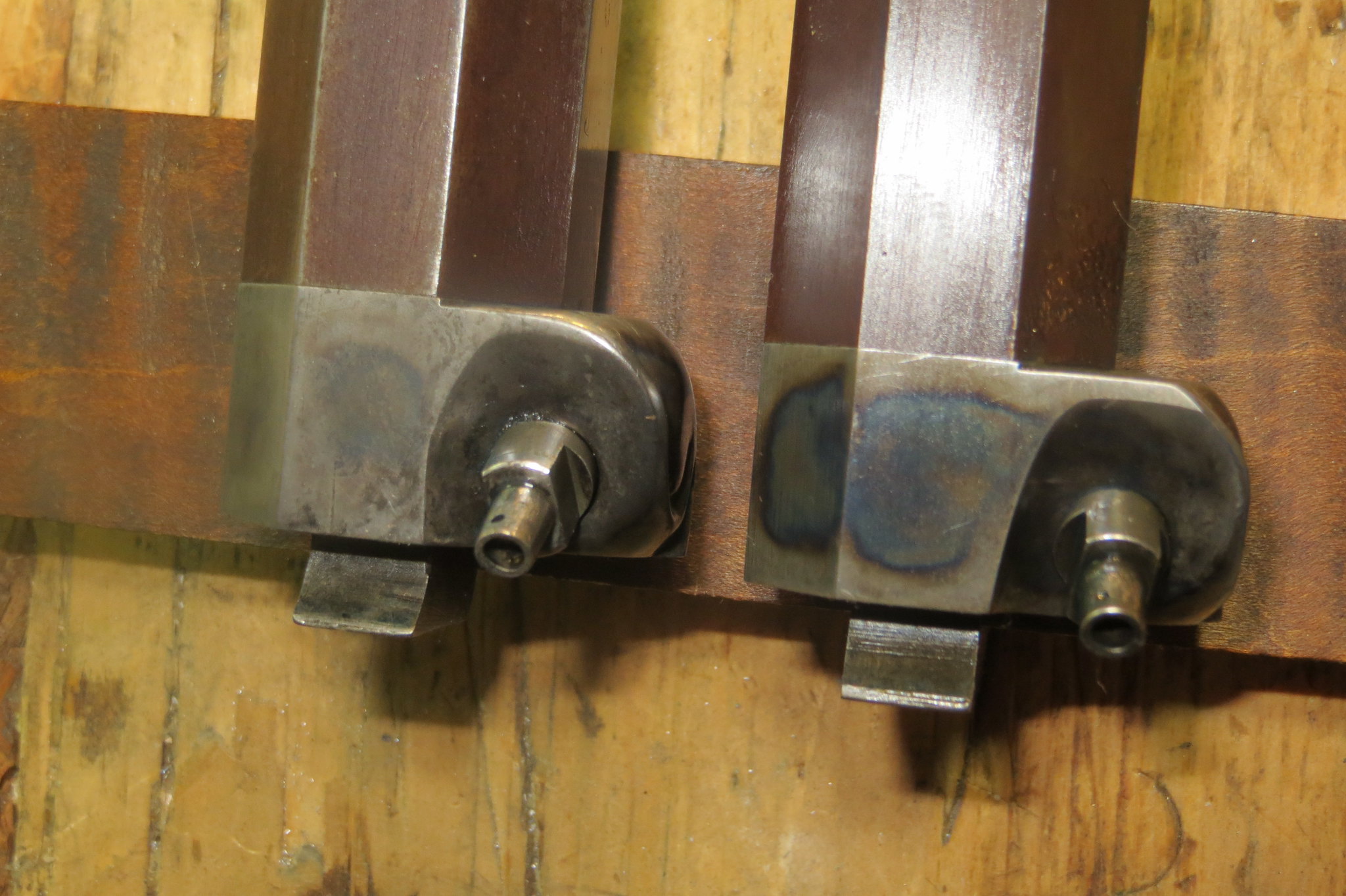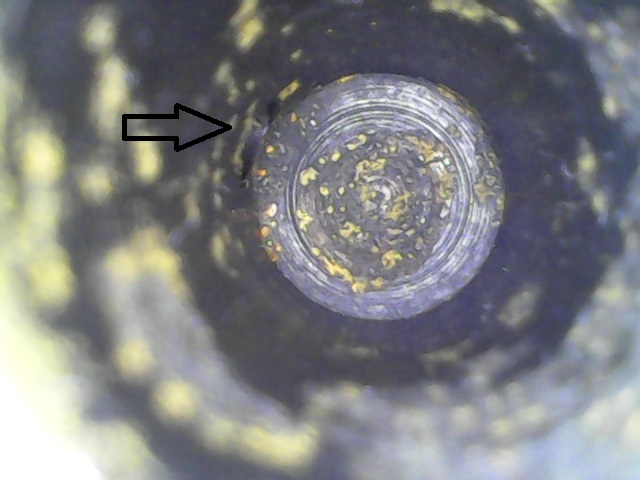- Joined
- Aug 27, 2004
- Messages
- 2,996
- Reaction score
- 6,401
My SIL's Lyman has served him well for 3 or 4 years. He is starting to have very poor ignition. He is annal about cleaning after any shooting. Caps are always going off, just the powder charge is not. ( uses real BP) He always swabs and pops 3 or 4 caps before loading. Yesterday we were at the range and had 3 or 4 ignitions after using about 4 caps each ignition including 4 F under the nipple it would go off. He has taken the barrel off and shot it with compressed air. With the clean out screw removed he can not get light to pass through. We are looking at pulling the breech plug. Is the Lyman breech plug one that can be removed without knowing any specifics?
Any help would be appreciated
Flintlocklar
Any help would be appreciated
Flintlocklar






 2015-10-21 001 001
2015-10-21 001 001
